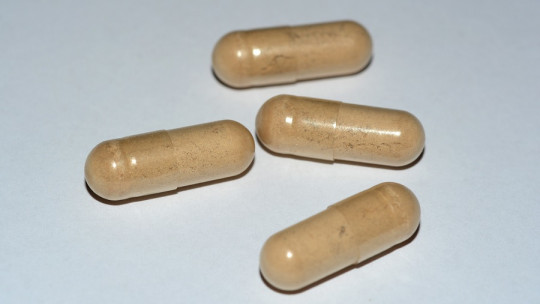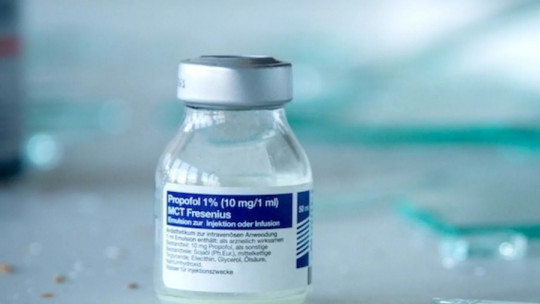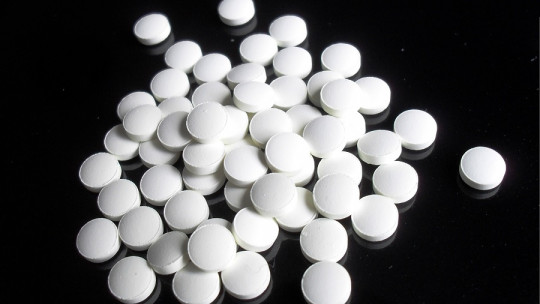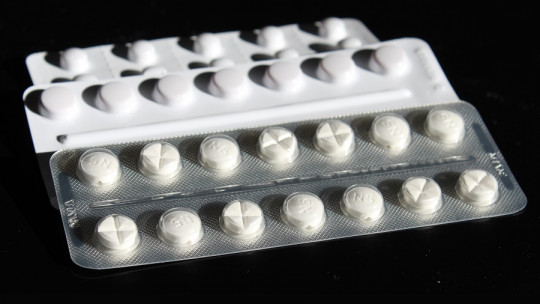High blood pressure is a disease with a high incidence in the population. Both prevention and treatment are essential, since it is one of the most important risk factors for the development of cardiovascular diseases. In order to alleviate its symptoms, drugs such as prazosin can be used, a medication that acts by relaxing blood vessels so that blood flows better.
In this article we explain what is prazosin and what it is for, what is its mechanism of action, for what other types of disorders it is usually used, and what are its main side effects.
Prazosin: what is it and what is it for?
Prazosin is a medicine mainly used to treat high blood pressure or high blood pressure It belongs to the group of anti-adrenergic drugs, also called alpha-blockers or sympatholytics, which are characterized by blocking the body’s sympathetic activity and facilitating the circulation of oxygen and blood in the body, thereby reducing the risk of having health problems. serious, such as a heart attack or stroke.
This medication, marketed for clinical purposes in the United States in 1976, It is classified within the group of quinazolines and its chemical profile is very similar to that of other compounds such as doxazosin or terazosin, both alpha-blocking drugs used in high blood pressure and in the improvement of various urinary symptoms.
In addition to treating hypertension, prazosin is also used to treat benign prostatic hyperplasia (non-cancerous enlargement of the prostate), congestive heart failure, pheochromocytoma (a tumor in the adrenal glands), alleviate difficulties in falling asleep associated with post-traumatic stress or in the treatment of Raynaud’s disease (a rare disorder that causes narrowing of blood vessels and affects the feet and hands).
Clinical studies with prazosin conclude that, although it is not a first-line option for hypertension or prostatic hyperplasia, it is an option in patients who present both disorders concomitantly. Besides, There is evidence that this drug is effective in the treatment of nightmares especially those related to post-traumatic stress disorder.
Mechanism of action
As we have mentioned, prazosin belongs to the group of anti-adrenergic or alpha-blocking drugs. This means that acts as an antagonist of alpha adrenergic receptors which are activated by two main catecholamines: adrenaline and norepinephrine.
These receptors are essential for the regulation of blood pressure and are divided into two classes: α1 and β1 adrenoreceptors, which are located in the postsynaptic membrane and receive the norepinephrine signal; and the α2 and β2 adrenoreceptors, which are in contact with catecholamines and facilitate (β2) or inhibit (α2) the release of norepinephrine.
Prazosin inhibits postsynaptic α1 adrenoceptors. This inhibition blocks the vasoconstrictor (narrowing) effect of catecholamines (adrenaline and norepinephrine) on the vessels, leading to dilation of peripheral blood vessels. Through constriction of blood vessels by activation of the adrenergic receptor, the two catecholamines act to increase blood pressure.
Likewise, prazosin exerts an antagonistic effect on the α1b adrenoreceptor, which produces dilation of the veins and arteries along with a decrease in peripheral vascular resistance, as well as venous return and cardiac filling.
On the other hand, prazosin does not alter heart rate in people with hypertension. In addition, this drug significantly decreases systemic and pulmonary venous pressure, as well as right atrial pressure in patients suffering from congestive heart failure, although cardiac output has been observed to generally increase.
Effects on blood pressure
The pharmacodynamic and therapeutic effect of prazosin includes a decrease in blood pressure, as well as clinically significant decreases in cardiac output, heart rate, blood flow to the kidney, and glomerular filtration rate. The decrease in blood pressure can occur both while standing and in the supine position.
Many of the above effects are due to the vasodilation of blood vessels produced by prazosin, resulting in a decrease in peripheral resistance This refers to the level of resistance of blood vessels to the blood flowing through them. As blood vessels constrict (narrow), resistance increases and they dilate (widen), and peripheral resistance decreases, lowering blood pressure.
Prazosin and Posttraumatic Stress Disorder
Currently, the pharmacological treatment indicated for the treatment of post-traumatic stress disorder (PTSD) is based on the administration of the antidepressants sertraline and paroxetine. These are effective in controlling symptoms, but generally do not improve sleep problems that can accompany PTSD.
Research suggests that prazosin May improve sleep in patients suffering from nightmare-related insomnia and PTSD caused by hyperarousal. As this effect likely occurs through inhibition of the adrenergic stimulation found in hyperarousal states, prazosin could be useful in this regard, helping to improve general symptoms such as retreating, the startle response, and irritability or anger.
Most of the clinical studies conducted with prazosin have focused on male combat veterans, and the results conclude that this medication helps patients sleep more and have fewer nightmares and awakenings. It would also help reduce the severity of other PTSD symptoms such as re-experiencing a traumatic event, avoiding certain experiences or feeling overexcited by said symptoms…
Although there have been several studies that corroborate the effectiveness of prazosin in the treatment of difficulties falling asleep in cases of PTSD, this should not prevent further research on this drug, especially to determine its clinical usefulness in other populations. (especially women and people with PTSD who are not combat veterans) and the optimal doses or frequency with which prazosin should be given.
Side effects
The consumption of prazosin can cause a series of side effects that, in general, are usually relieved by reducing the dose or spontaneously on their own. The most common include somatic symptoms, gastrointestinal disturbances or fatigue.
Drug-induced syncope may also occur, which may be preceded by tachycardia and is usually unpredictable. This type of syncope can be alleviated by reducing the dose or by administering the drug with food.
However, it should be noted that the most common adverse reactions are usually the following:









